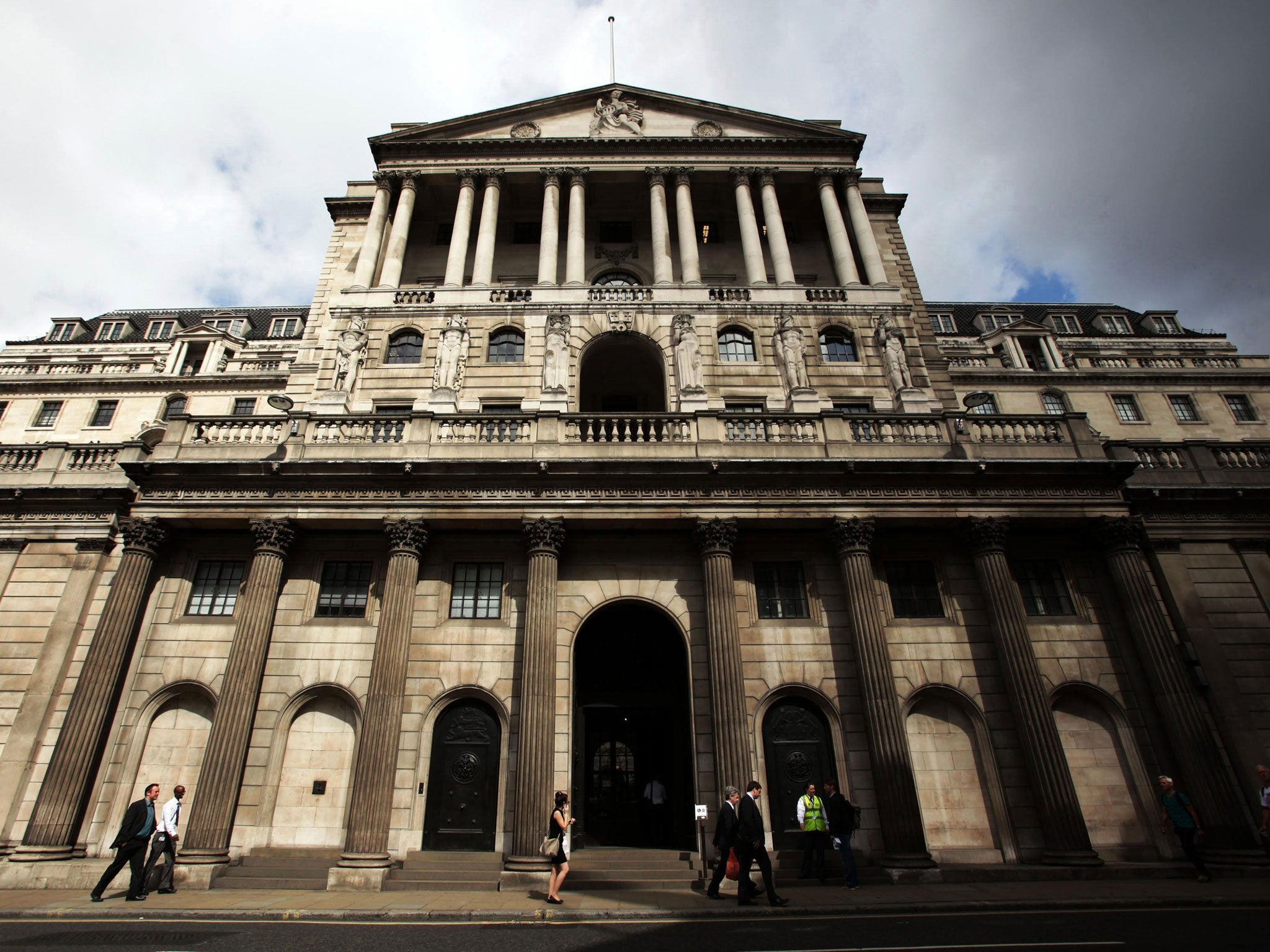New members of the Bank of England’s key rate-setting Monetary Policy Committee have left financial markets in a state of confusion over the likely timing of the first rate rise.
In his first speech as the Bank’s chief economist, in Scarborough, Andy Haldane noted that “inflationary ghosts are hard to find” but also suggested the odds at present slightly favoured the tactic of going on “the front foot” by tightening monetary policy.
Mr Haldane added that financial stability concerns could reinforce the case for a rate rise. “If risk-taking becomes broadly based, a broadly based response may at some stage be appropriate” he said.
Separately, Kristin Forbes, the newest external member of the MPC, took a studiedly balanced tone at the Treasury Select Committee. American Ms Forbes, who is professor of global economics and management at the Massachusetts Institute of Technology, told the committee that while starting to tighten monetary policy earlier could offer more flexibility to make changes gradually, waiting too long could also increase the danger of slowing down the recovery.
“Delaying any adjustments in order to gather more information could increase the risk that any subsequent adjustments in monetary policy would need to occur more abruptly,” she said.
Martin Weale, an existing member of the nine-member MPC, gave a speech in Belfast today where he suggested that the case for an earlier tightening was growing stronger. Mr Weale, the last person remaining on the committee to have voted to raise rates in 2011, said he believed the Bank’s assessment of underemployment could overstate the slack in the jobs market, which has seen an astonishing recovery in recent months. “If this is the case, then, as the economy continues to grow, unemployment could fall faster than the MPC expects. That alone points to a need for a policy profile tighter than in our May forecast,” he said.
Mark Carney, the Bank’s Governor, caught the City by surprise last week by suggesting rates could be lifted from their 0.5 per cent floor “sooner than the markets currently expect”. This prompted traders to pull forward their estimate of the first rise in rates from the first quarter of 2015 to the final quarter of 2014.
Minutes from the Bank of England’s meeting earlier this month, released today, suggested that members were “surprised” markets had not already pulled forward their estimate in light of the continued momentum of the economy and fall in unemployment. Nevertheless, they voted unanimously once again to leave rates on hold.
Sterling spiked above $1.70 in the wake of the minutes being released, but quickly fell back. Market expectations of the date of the first rate rise also fell back very slightly.
Ms Forbes will join the MPC for its next monthly meeting, following the retirement of Charlie Bean. The incoming deputy Governor, Nemat Shafik, will join in August.
“It is understandable that market participants are focused on the timing of the first move” Fathom Consulting said. “But the much more important issue is the pace and the extent of the increases that follow the first hike.”
The Fed rolls back: US growth to slow
The Federal Reserve slashed its forecast for US economic growth from 2.9 per cent to between 2.1 and 2.3 per cent at its policy meeting today. Nevertheless, the central bank continued to wind down its stimulus package, by another $10bn a month, and even said it might raise interest rates in 2015.
Bad weather at the start of the year was partly blamed for the Fed’s decision to lower growth forecasts. Other than this, it said: “Economic activity will expand at a moderate pace and labour market conditions will continue to improve gradually.”
Policymakers felt confident enough in the outlook to cut its quantitative easing asset purchases to $35bn a month.
Julian Knight
Subscribe to Independent Premium to bookmark this article
Want to bookmark your favourite articles and stories to read or reference later? Start your Independent Premium subscription today.


Join our commenting forum
Join thought-provoking conversations, follow other Independent readers and see their replies